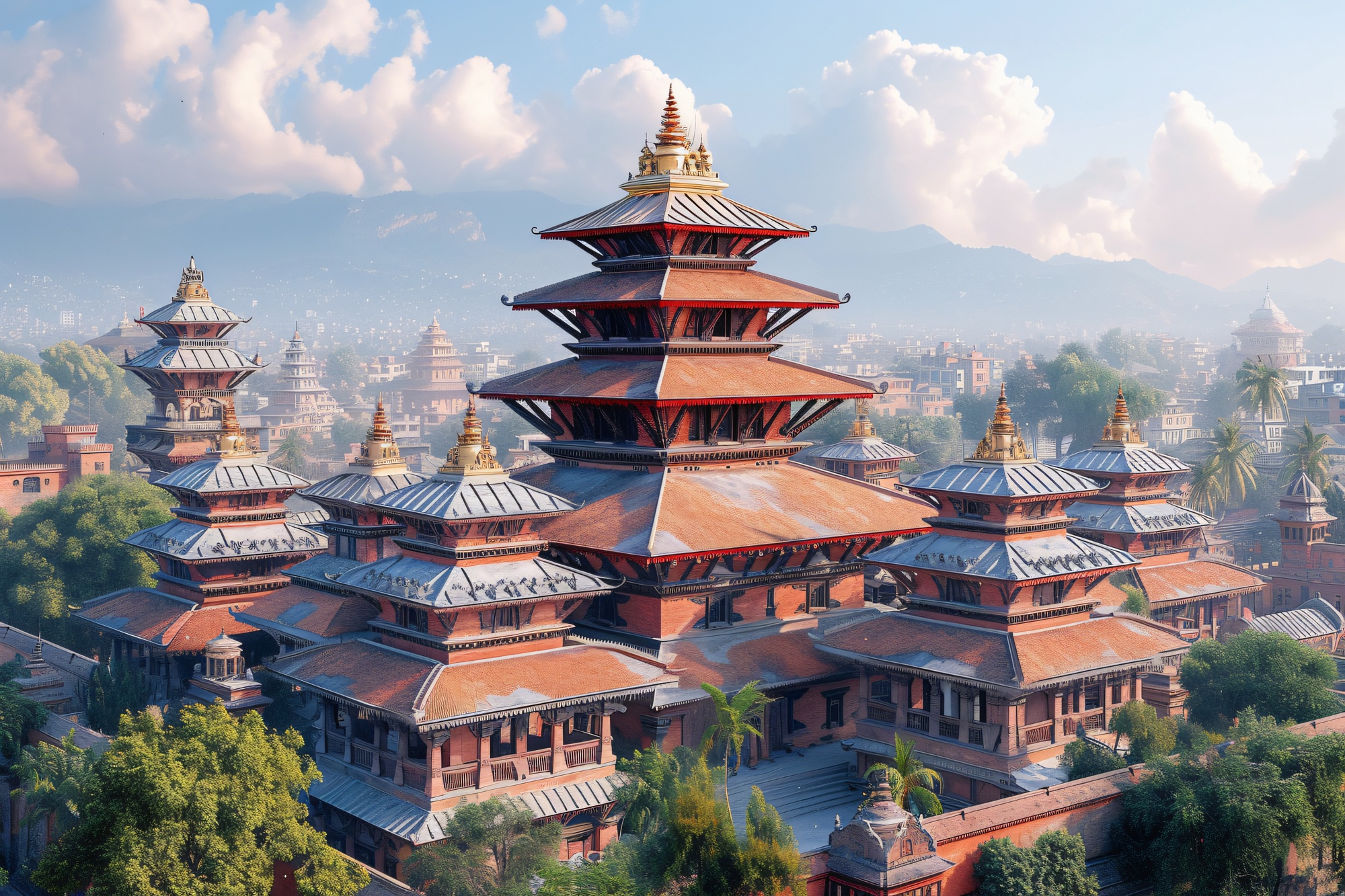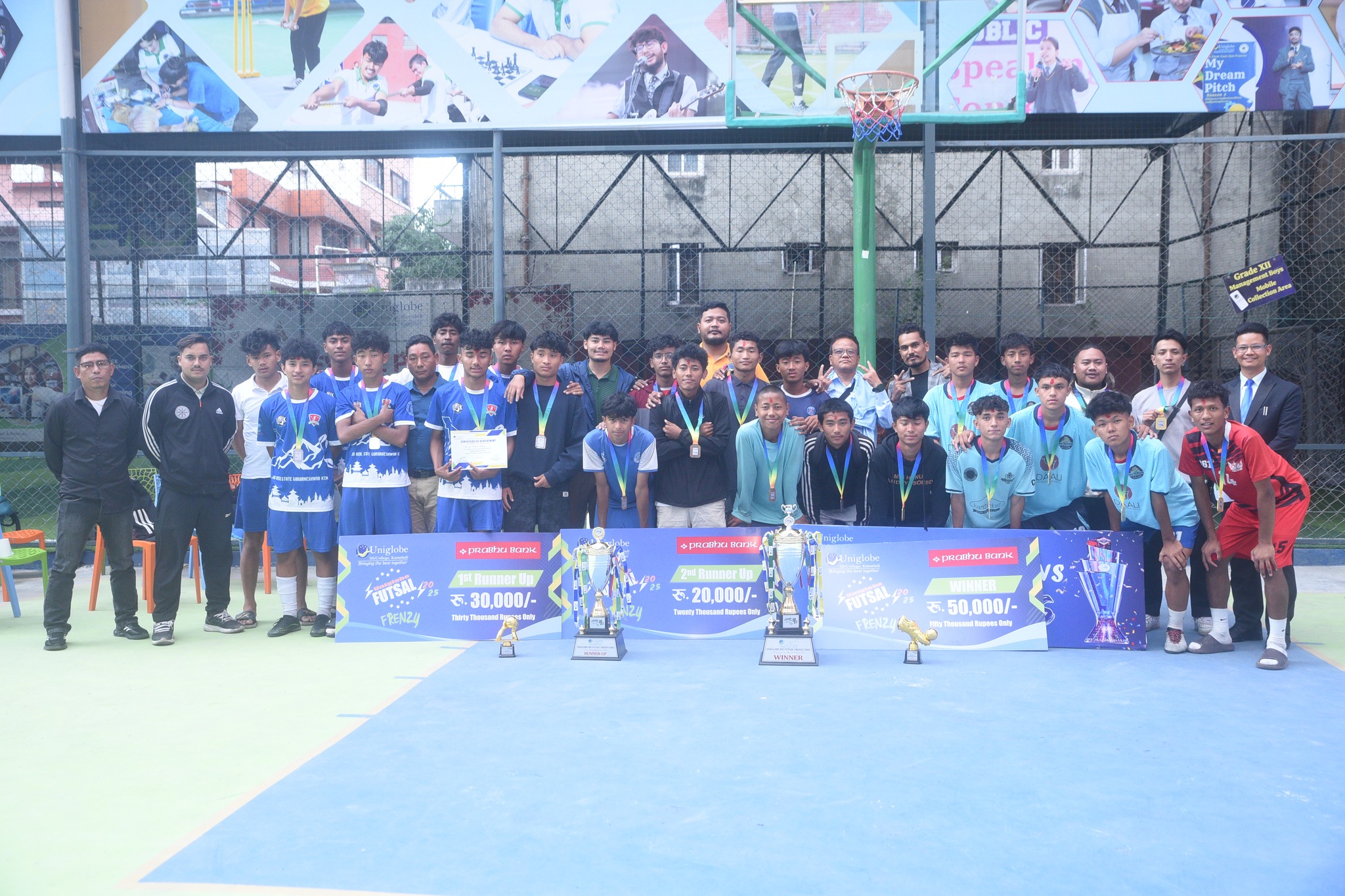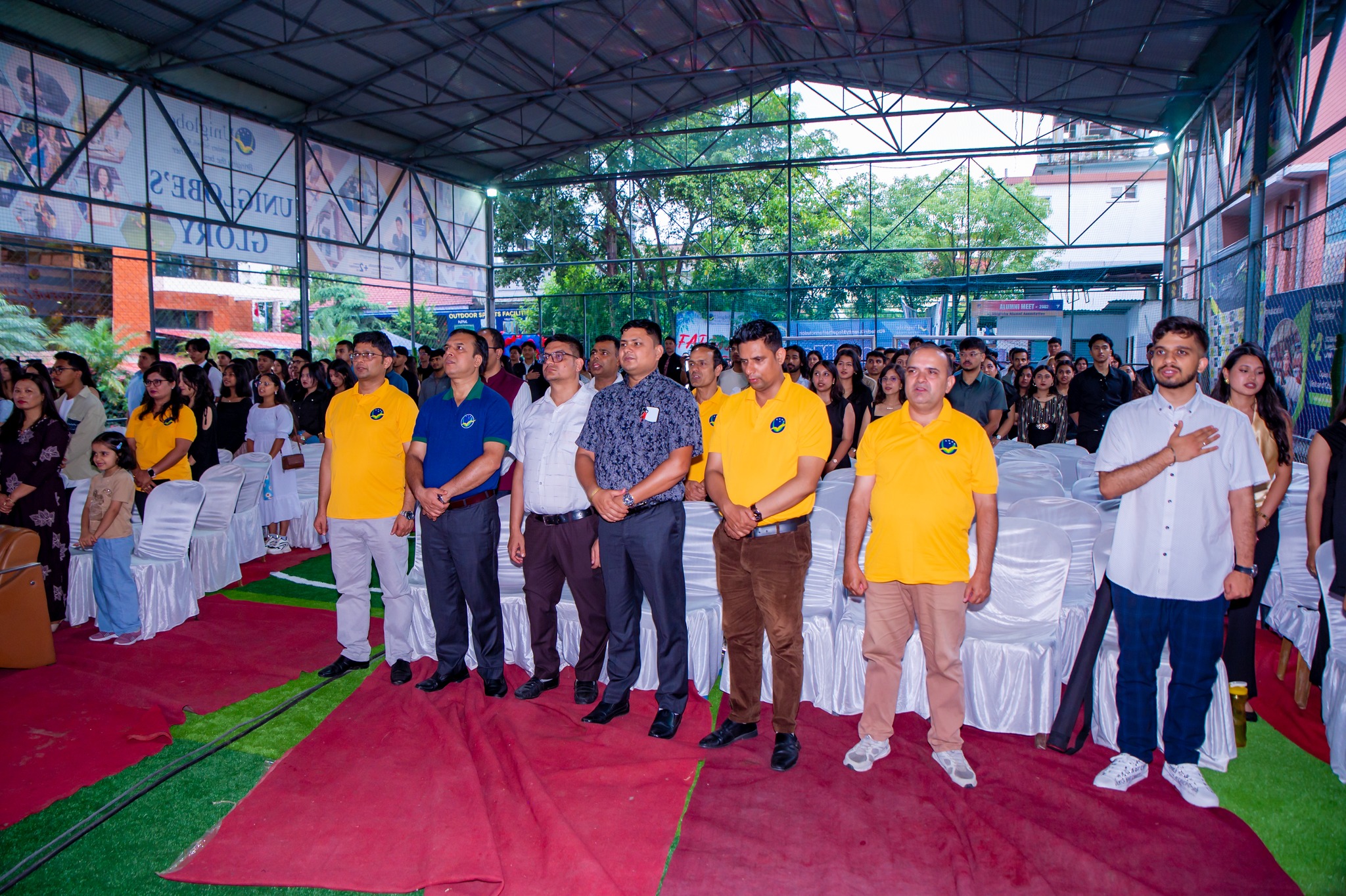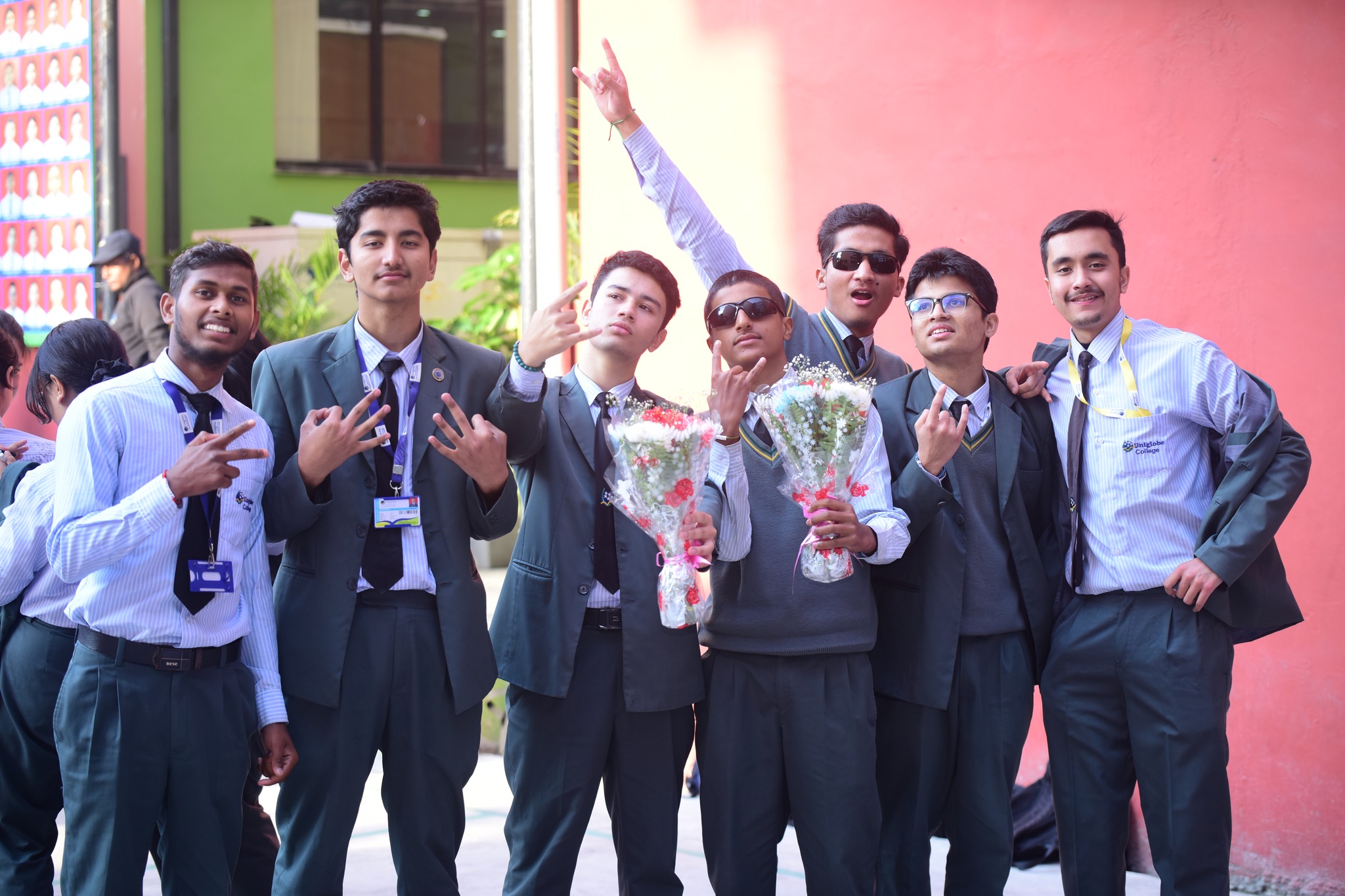Nepal has a rich history dating back to ancient times. It was ruled by various local kingdoms before being unified in 1768. The 18th and 19th centuries saw conflicts with neighboring powers. Rana rule prevailed for much of the 20th century until 1951. Since then, Nepal has experienced political changes, including the suspension of the absolute monarchy in 2007, leading to a democratic system. This has ushered in a new era of growth and modernization for the country. Nepal, formally known as the Federal Democratic Republic of Nepal, is a landlocked nation found in South Asia. It is arranged fundamentally within the Himalayas and is bordered by China to the north and India to the south, east, and west. The history of Nepal could be a wealthy and differing embroidered artwork that ranges thousands of a long time, formed by a one-of-a-kind blend of topography, culture, and political improvements.
Ancient Nepal:
The most punctual follow of human homes within the locale of present-day Nepal dates back to the Paleolithic age. The rich fields of the Kathmandu Valley gave a perfect setting for early human settlements, and the zone got to be a center of civilization around 2000 BCE. The Kiratis, an antiquated tribe, are considered the primary rulers of Nepal, and their rule kept going until around 300 CE.
Medieval Period:
The medieval period in Nepal saw noteworthy political and social improvements. Within the 4th century CE, the Licchavi line came into control, introducing a period of thriving and social renaissance. Amid this time, Buddhism prospered, and exchange along the Silk Street brought riches and social trade. The Licchavi period eventually gave way to the Thakuri line, taken after by the Malla tradition, which saw the rise of a few free city-states inside Nepal.
Unification beneath the Shah Line:
Within the late 18th century, Nepal experienced a transformative stage under the administration of Ruler Prithvi Narayan Shah. He set out on an arrangement of military campaigns to unify the divided states and laid the establishment for present-day Nepal. Lord Prithvi Narayan Shah built up the Shah tradition, which ruled Nepal for over two centuries.
Rana Run the show and Modernization:
Within the mid-19th century, a powerful respectable family known as the Ranas picked up control of Nepal. The Rana rulers held the genetic position of prime services, successfully sidelining the government. Amid their run of the show, Nepal remained moderately separated from the exterior world. Be that as it may, within the early 20th century, the nation saw social and political changes impacted by the more extensive worldwide patterns.
Democratic Development and Sacred Government:
In 1951, a well-known rebellion drove the ousting of the Rana administration and the foundation of a protected government. Lord Tribhuvan played a pivotal part in this development, and his child, Lord Mahendra, proceeded with the method of political change. In 1962, Nepal embraced an unused structure and set up a parliamentary framework. In any case, in 1969, Ruler Mahendra suspended the structure and took coordinate control, starting a period of dictatorial run the show known as the Panchayat framework.
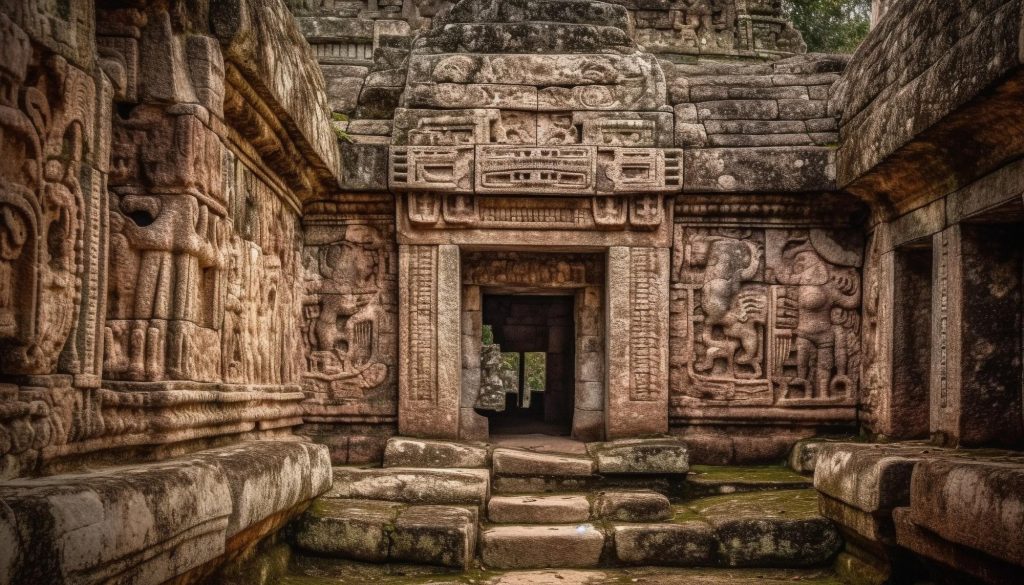
Popular Government and Political Move:
In 1990, mass dissents drove the reclamation of a multiparty vote-based system in Nepal. Ruler Birendra, beneath their well-known weight, restored the structure and permitted political changes. Nepal experienced a brief period of majority rule administration until the episode of a decade-long respectful war in 1996. The strife between the government and the Communist Party of Nepal (Maoist) looked to address socio-economic incongruities and political representation.
The Monarchy’s Cancelation and Republic:
In 2006, the civil war concluded with the marking of the Comprehensive Peace Understanding. Taking after the peace understanding, a Constituent together was shaped, entrusted with drafting a modern structure and choosing the destiny of the monarchy. In 2008, the gathering announced Nepal as a government majority rule republic and canceled the government. The final Lord of Nepal, Ruler Gyanendra, ventured down, stamping the conclusion of Nepal’s centuries-old government.
Contemporary Nepal:
Within a long time that taken after, Nepal confronted a few challenges on its way toward political soundness and financial improvement. The nation has seen political moves, including the drafting and declaration of a modern structure in
2015. Nepal also experienced an obliterating seismic tremor in 2015, which brought about critical misfortune of life and foundation harm.
Nowadays, Nepal proceeds its travel as a government-law-based republic, striving for socioeconomic advancement, comprehensive administration, and territorial steadiness. The nation is famous for its magnificent Himalayan crests, wealthy social legacy, and a prevalent goal for experiencing tourism.
Nepal’s history could be a confirmation of the strength and relentlessness of its individuals, who have explored various dynasties, political frameworks, and socio-economic changes to shape the country as it stands nowadays.
By: Prayash Kadka (Science, G2)


